For decades, the narrative surrounding aging and physical activity has been one of decline and limitation. Many have believed that as we age, our muscles become frail, leading to recommendations for older adults to engage only in gentle exercises. However, emerging research is challenging these notions, revealing that aging muscles possess a resilience that defies traditional expectations.
A pivotal study published in the Journal of Aging and Physical Activity on April 1, 2025, has brought new insights into the conversation about aging and exercise. Researchers conducted a comprehensive analysis of 36 studies, comparing muscle function and recovery between younger adults (18 to 25 years old) and older adults (over 35 years old). Contrary to long-held beliefs, the findings revealed that older adults did not experience greater muscle function loss after exercise compared to their younger counterparts. In fact, muscle soreness was consistently lower in older adults, with reductions of approximately 34% at 48 hours and 62% at 72 hours post-exercise. Additionally, levels of creatine kinase, an enzyme indicative of muscle damage, were about 28% lower in older adults at 24 hours post-exercise.
Several factors may contribute to these unexpected findings:
1. Muscle Composition and Adaptation: As muscles age, they undergo structural changes, including an increase in collagen content, which enhances stiffness. This increased stiffness can help distribute mechanical stress more evenly during physical activities, potentially reducing muscle damage.
2. Altered Exercise Intensity: Older adults may naturally engage in exercises at a lower intensity or for shorter durations due to quicker onset of fatigue. This self-regulation can result in less muscle strain and, consequently, reduced damage.
3. Hormonal and Cellular Changes: Aging muscles experience various hormonal and cellular adaptations that might enhance their ability to cope with physical stress, although the exact mechanisms are still under investigation.
Creatine kinase (CK) serves as a biomarker for muscle damage; elevated levels typically indicate muscle injury. The study's observation of lower CK levels in older adults post-exercise suggests that their muscles may incur less damage from strength training activities than previously assumed.
These findings have significant implications for exercise recommendations for older adults:
- Encouraging Strength Training: The research supports the inclusion of strength training in exercise regimens for older individuals, highlighting that aging muscles are more resilient than once thought.
- Personalized Exercise Programs: While the general trend is positive, it's essential to tailor exercise programs to individual capabilities and health conditions, ensuring safety and effectiveness.
- Overcoming Psychological Barriers: Understanding that older muscles can handle and recover from strength training may help alleviate fears and misconceptions, encouraging more seniors to engage in such beneficial activities.
In addition to exercise, nutritional strategies like creatine supplementation have shown promise in supporting muscle health in older adults. Creatine, a naturally occurring compound found in muscle cells, plays a crucial role in energy production during high-intensity activities. Supplementing with creatine has been associated with increased muscle mass, enhanced strength, and improved overall physical performance in aging populations.
While creatine supplementation is generally considered safe, it's essential for individuals, especially those with pre-existing health conditions, to consult with healthcare providers before starting any new supplement regimen. Ensuring proper dosage and monitoring can help mitigate potential side effects and interactions with medications.
The outdated belief that aging muscles are inherently weaker and more prone to injury is being challenged by emerging research. Older adults can not only participate in strength training but may also experience less muscle soreness and damage than younger individuals. This paradigm shift highlights the importance of promoting strength training among seniors, empowering them to maintain muscle mass, strength, and overall health.
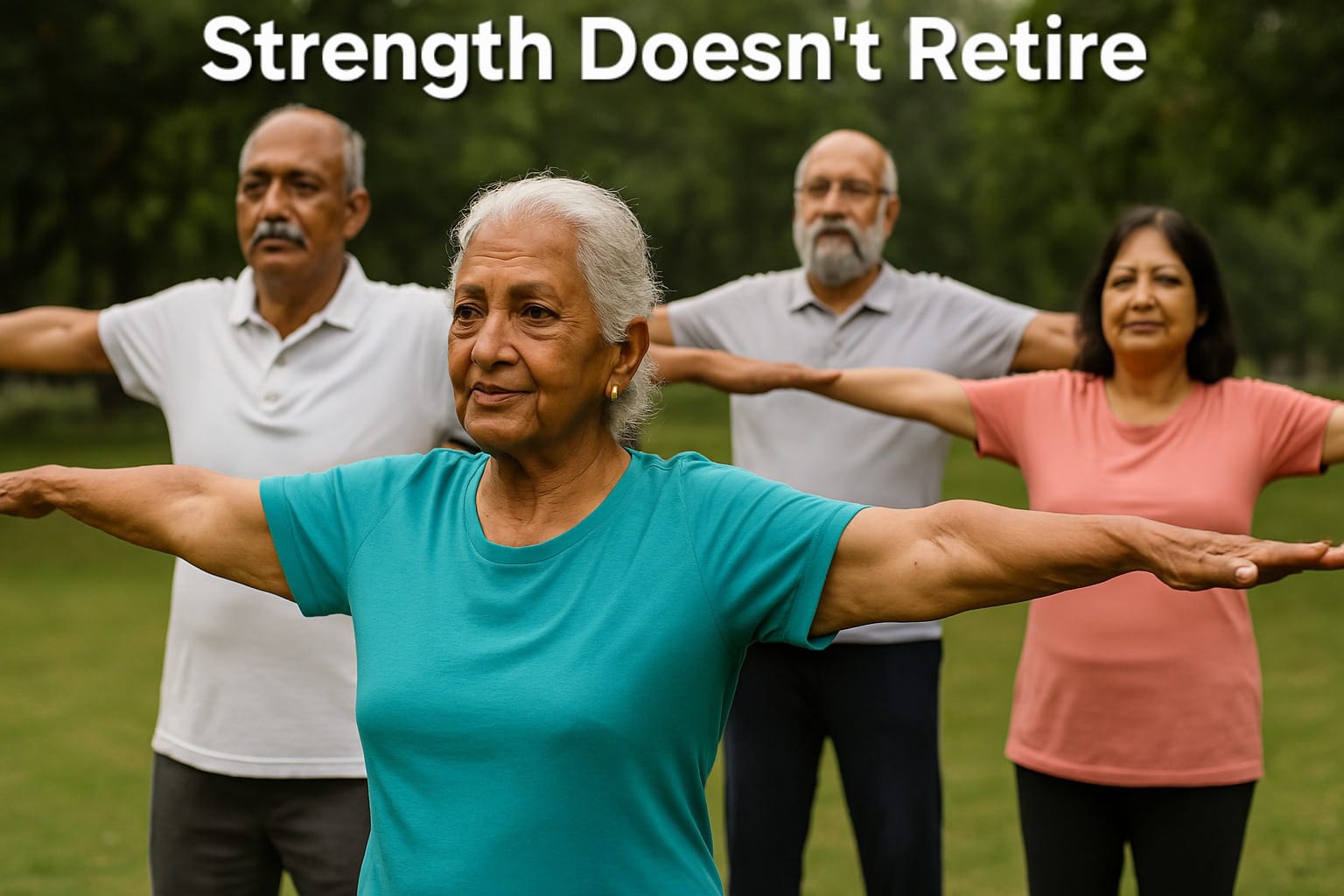
 Older adults can not only participate in strength training but may also experience less muscle soreness and damage than younger individuals.
Older adults can not only participate in strength training but may also experience less muscle soreness and damage than younger individuals.










.jpeg)

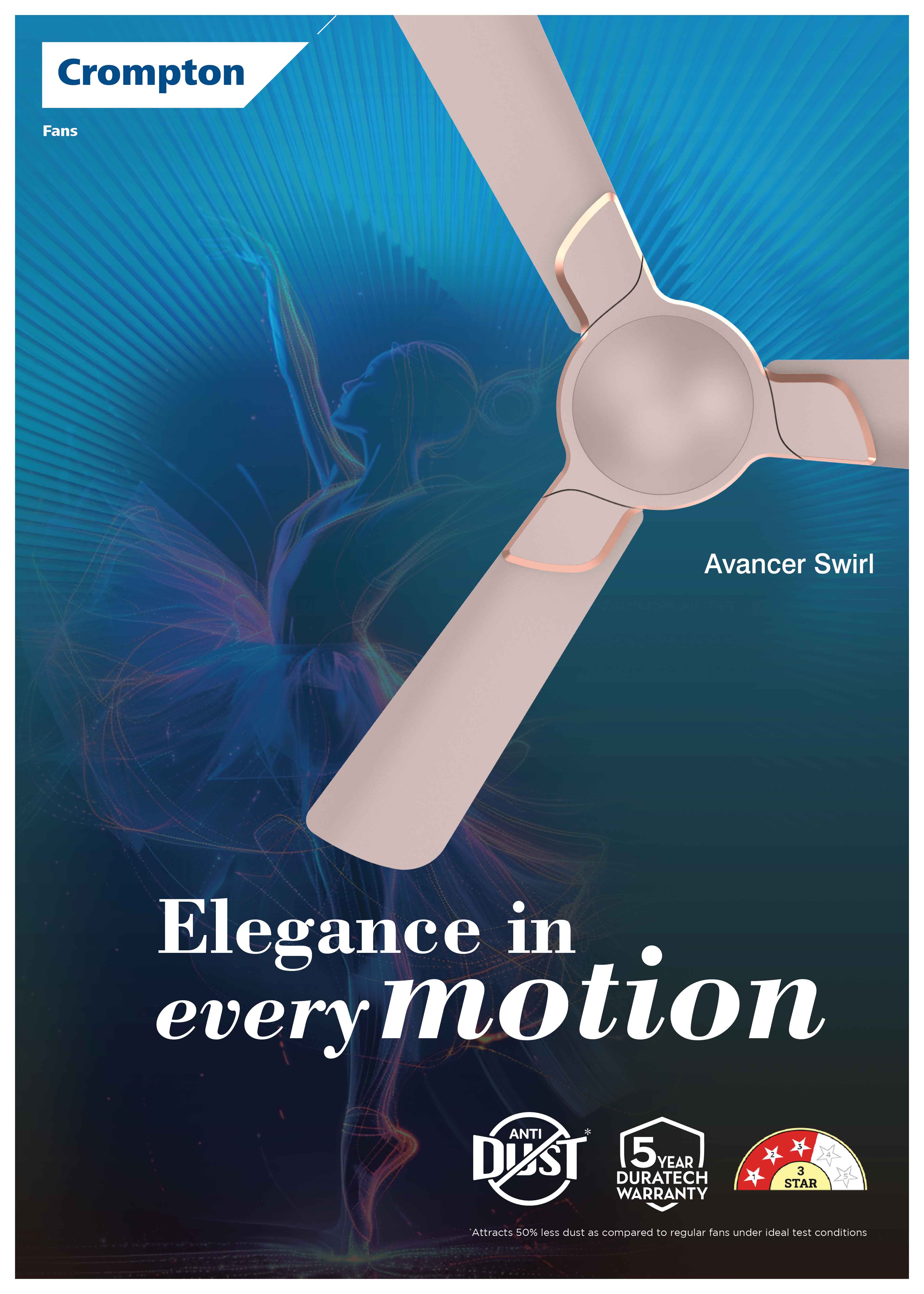
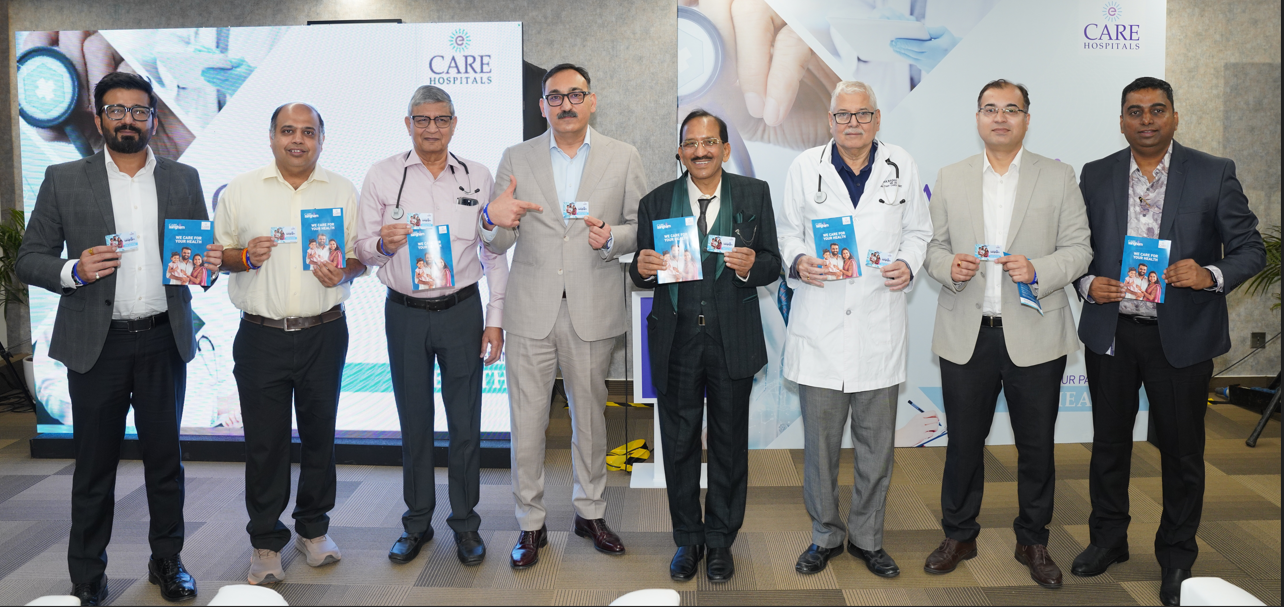
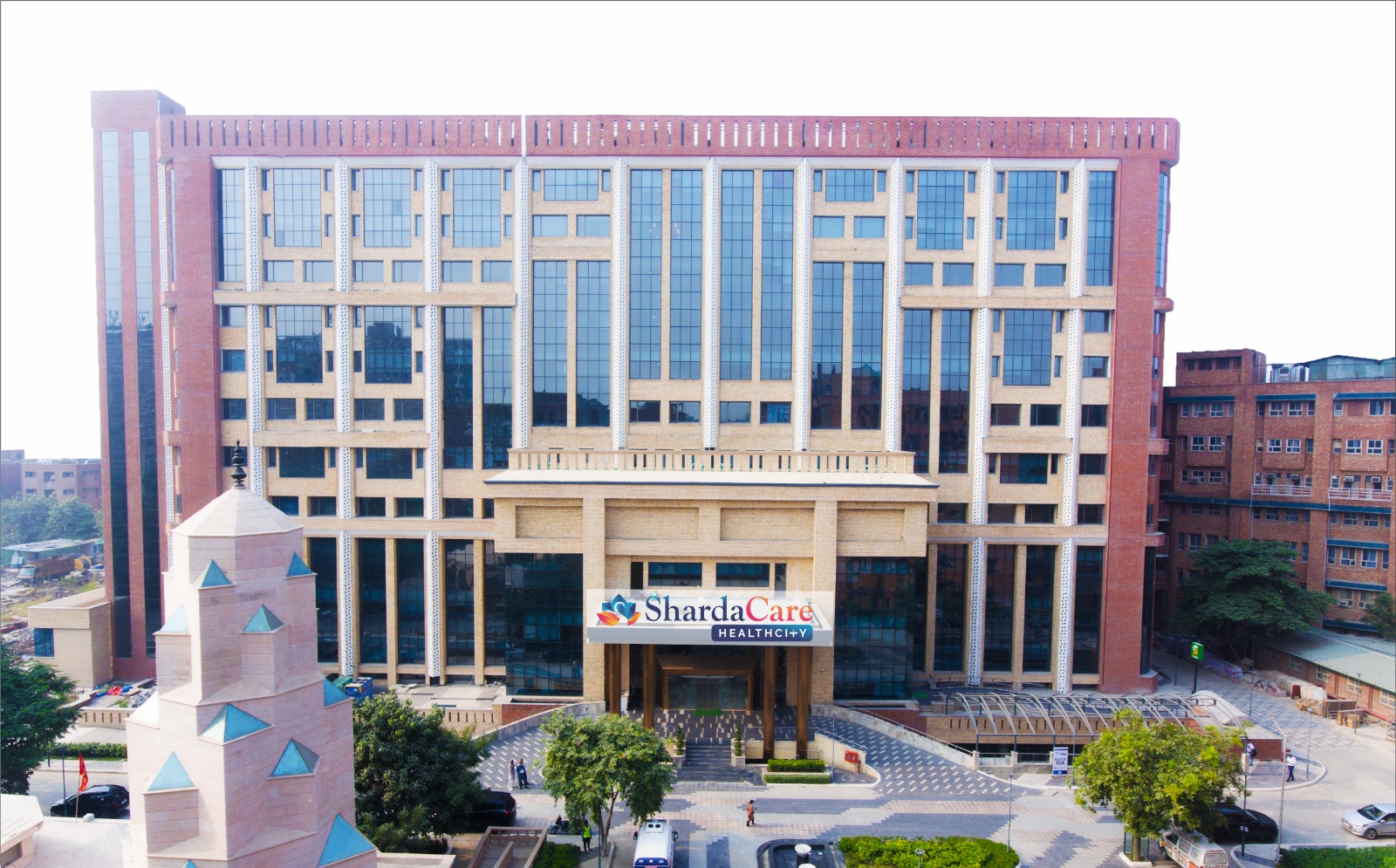

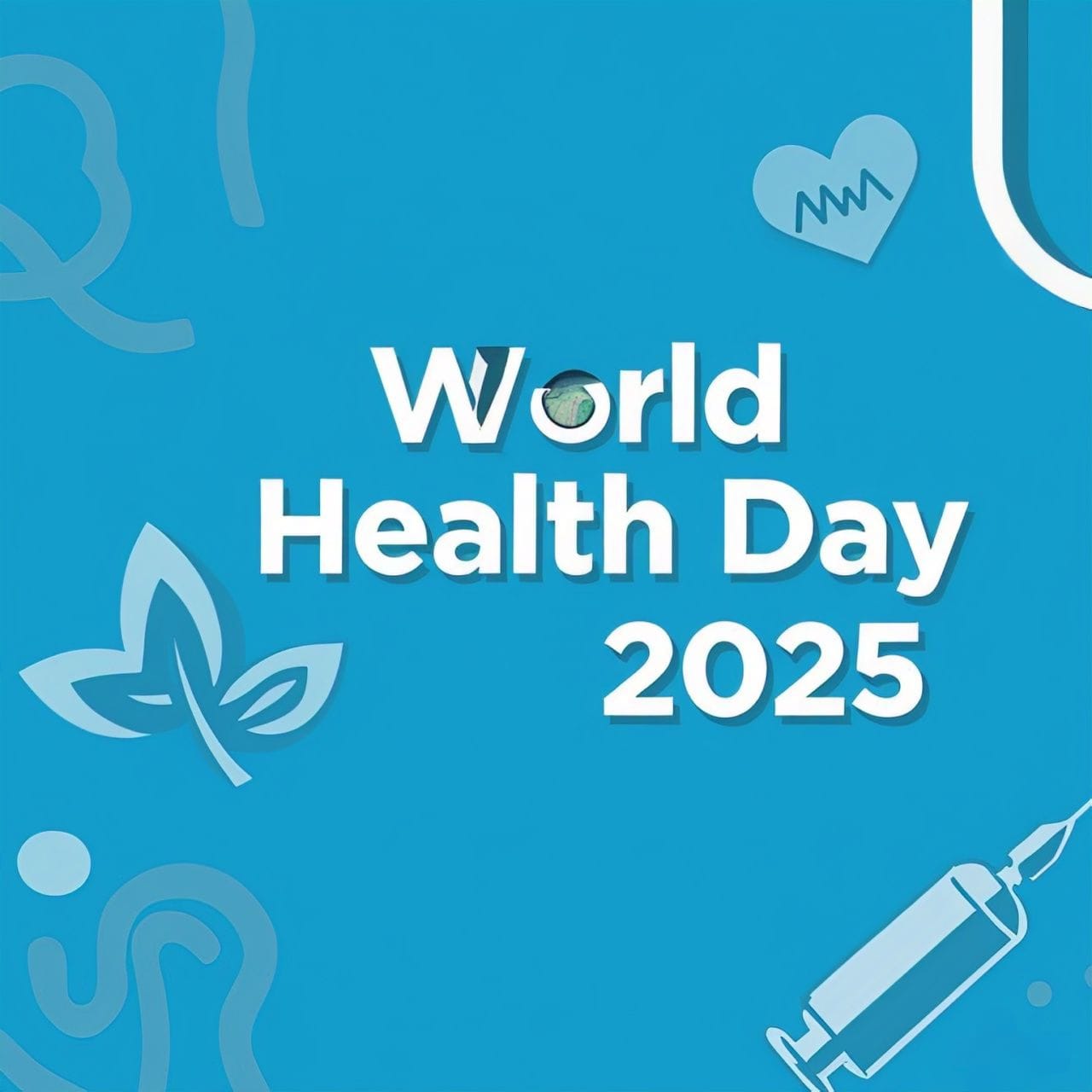
.jpeg)




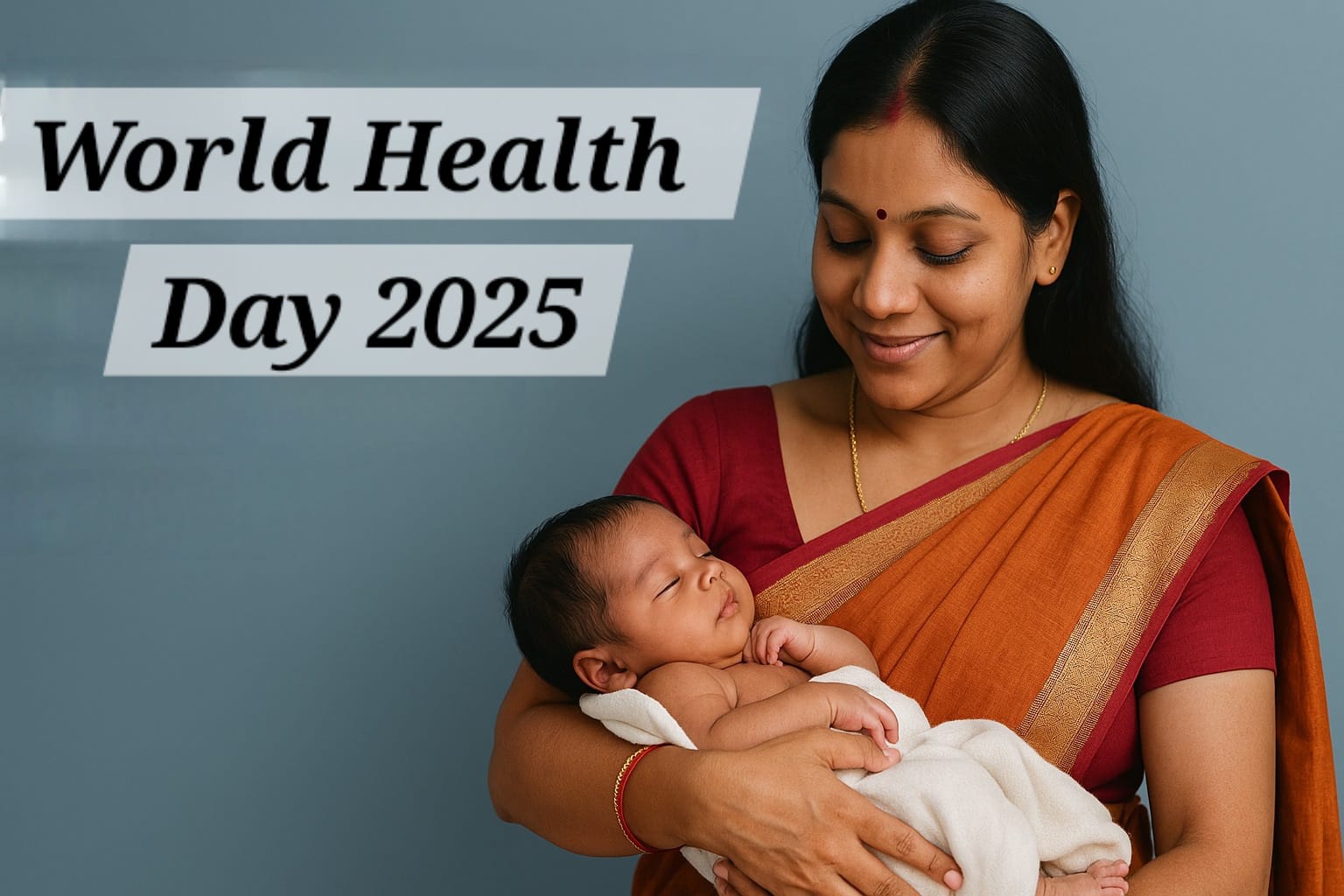
.jpeg)

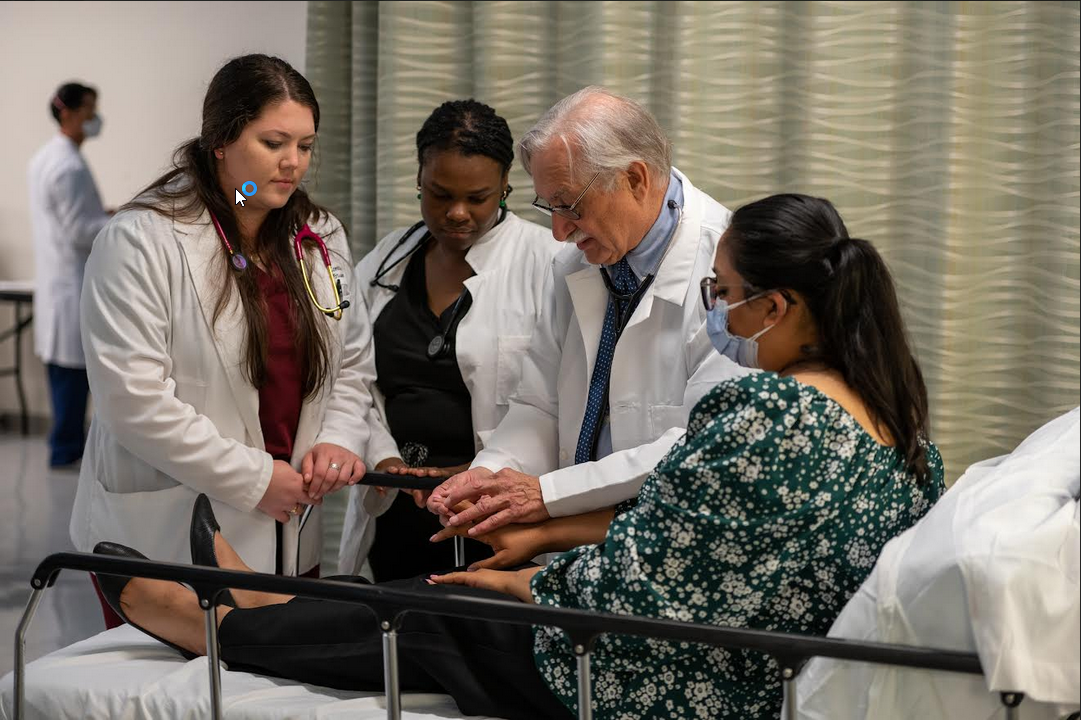
.jpeg)
.jpeg)
